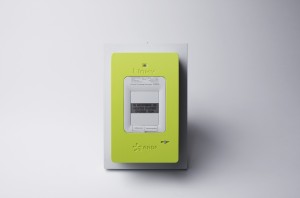The final report of the IElectrix project took place on Thursday 23 February in Paris. This project, co-funded by the European Union, aimed to develop innovative technical solutions to facilitate the implementation of local energy communities powered by renewable energies, thanks to the role of facilitator of distribution system operators (DSOs). Five demonstrators in real conditions were set up in Germany, Austria, Hungary and India. In parallel, IElectrix analyzed the existing regulations in different European countries and proposed essential regulatory changes to enable the development of energy communities. The final objective was to design models based on interoperable, economically viable and replicable technical solutions throughout Europe and the world.
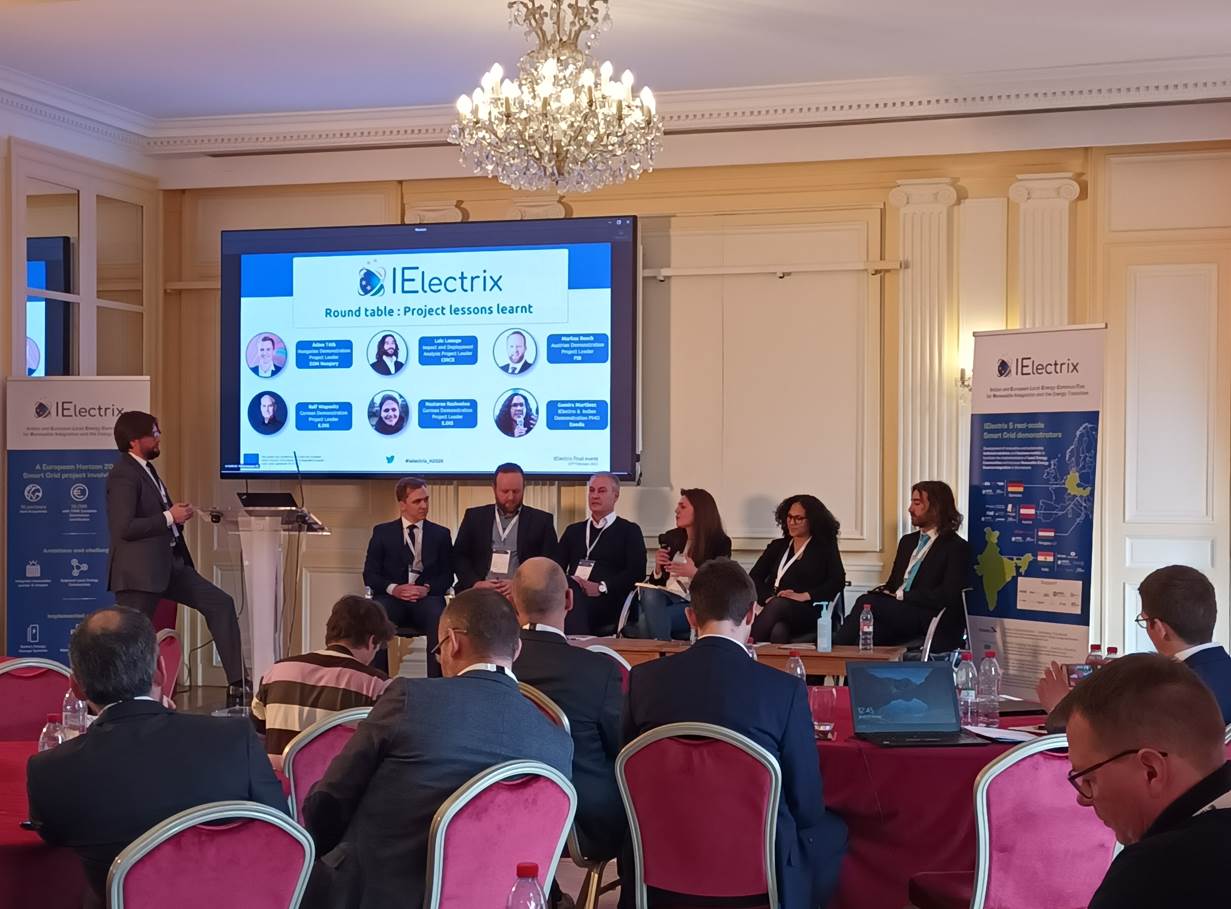
The development of local energy communities is one of the European Commission’s priorities for the energy transition, but a number of obstacles still need to be overcome. First of all, at the regulatory level, few European Union countries have put in place a legal framework favorable to their development. Secondly, the central role of flexibility and digitalization in connecting these energy communities to the distribution network is often insufficiently taken into account, which generates problems of congestion and network stability, and does not allow consumers to economically value the flexibility they can provide in response to the needs of DSOs.
The IElectrix project involved 16 partners from 8 European countries (Austria, Belgium, Finland, France, Germany, Greece, Hungary and Spain) and India in an attempt to provide concrete and replicable solutions to the various problems encountered.
For medium voltage networks, IElectrix has tested a mobile battery storage at the distribution substation level in order to allow DSOs to reduce investment uncertainties, to facilitate the integration of renewable energies and to promote the local use of flexibility.
A first project has been implemented in the Friedland region, a rural area near the Baltic Sea, with a high penetration of renewable energies, which represent a production at least twice as high as the local consumption. A mobile battery storage solution was coupled with an energy management system (EMS) to maximize local flexibility and avoid investing in grid reinforcement. This solution also reduced the need for the curtailment of renewable energy generation by 2-4% and reduced grid losses by 27%. For the energy community behind the project, self-consumption was increased by 13%, self-sufficiency by 36%, and CO2 emissions were reduced by 20%. Finally, grid stability was improved thanks to the better frequency control and virtual inertia enabled by the storage solution and the EMS.
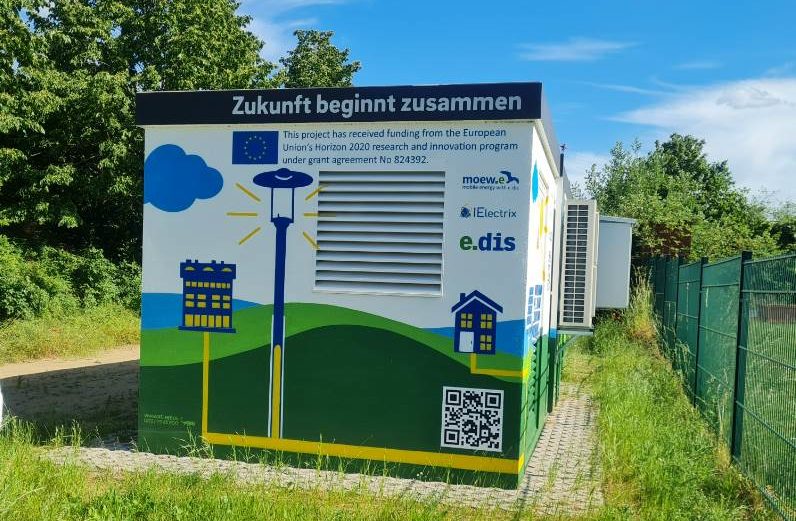
Moew.e Project in Friedland, Germany_Battery Energy Storage System (BESS)
A similar solution has been successfully tested in Hungary, in a tourist area with a very high seasonal variation in electricity consumption. The battery storage and the advanced direct load control system avoided grid reinforcement by reducing peak consumption and voltage deviations, while maximizing renewable energy consumption. In addition, residents were given access to real-time generation and consumption curves, displaying the carbon content of electricity, in order to encourage them to play an active role in the local energy system.
For low voltage networks, two use cases were tested in Austria and India with the active participation of consumers.
In Eastern Austria, the project involved the ökoEnergieland energy community, which involves 19 municipalities and aims to improve energy efficiency and reduce energy consumption, the use of local resources and the development of renewable energy. Demand flexibility has been tested with residential and commercial customers and a battery storage system has been installed in an agricultural college to store energy from photovoltaic installations. Forecasting and monitoring of the energy that is produced and consumed was improved with a monitoring control dashboard. The flexibility profile of the participants was then established to estimate the amount of flexibility that could be expected from the participants, and then consumers were solicited on this basis to participate in an energy demand control program based on price signals. Finally, the resilience of the local grid was improved.
In India, a demo project piloted by Enedis in cooperation with Tata Power Delhi Distribution Limited enabled the implementation of a low-voltage microgrid downstream of a distribution substation supplying electricity to a community of about 30 consumption points, including a high school with more than 4,000 students, with PV, battery, and an EMS to optimize storage and maintain power in the event of an outage on the medium-voltage grid thanks to an islanding solution. Schneider Electric provided the microgrid’s energy control center that allows remote monitoring and control of self-consumption, while improving the stability of the low-voltage grid. Digitization of the equipment and a supervision software solution have also improved the resilience of the local energy system. The resolution of problems related to quality of supply and voltage regulation has been significantly improved by this demonstrator, while reducing CO2 emissions.
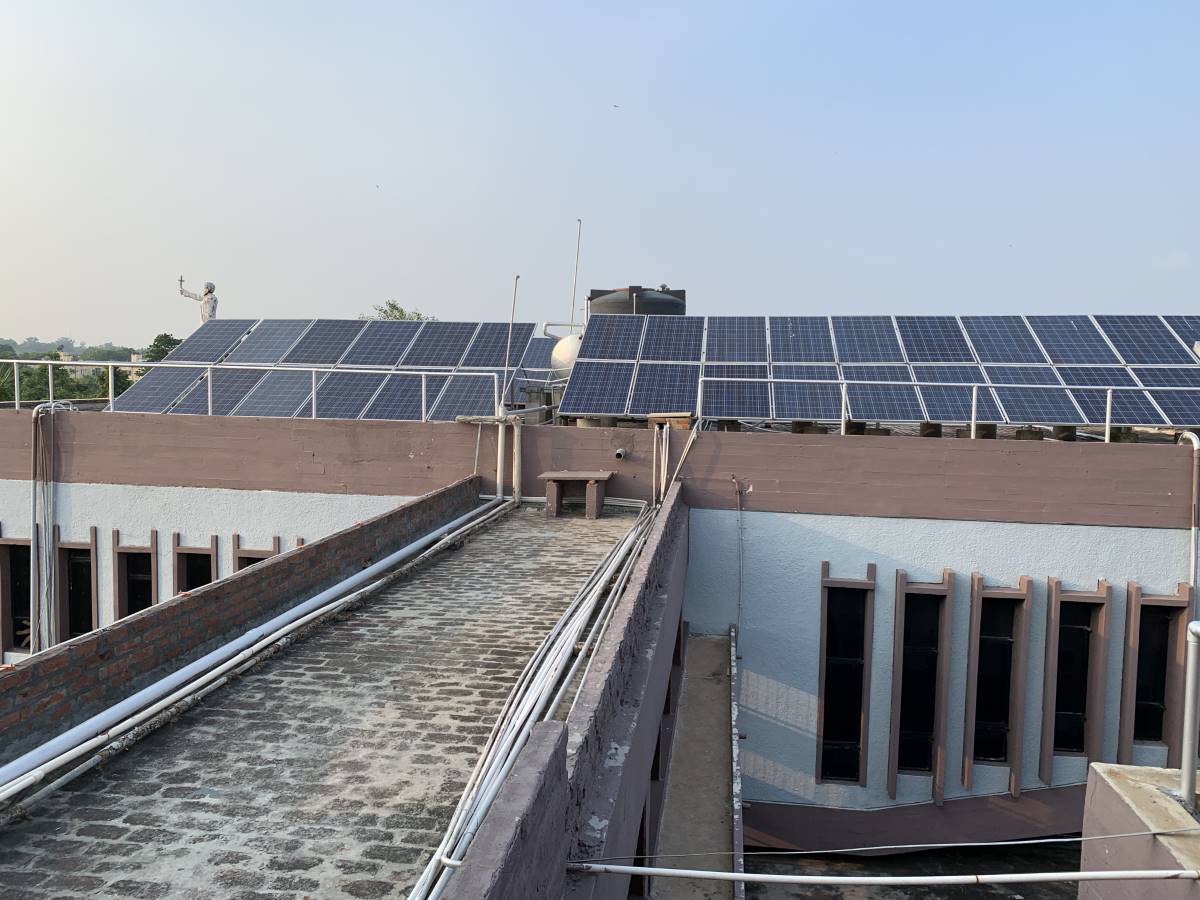
Solar pannels on the roof of the Saint Joseph school at New Delhi
The IElectrix project has thus provided concrete solutions to many challenges to accelerate the energy transition: maximizing the use of local renewable energy production, increasing the resilience of the local grid, increasing the flexibility of demand, developing standardized solutions at the European level, and finally, accelerating the deployment of local energy communities and giving citizens the keys to control the energy they consume. Different types of use cases have been deployed, in different contexts, to demonstrate the replicability of the proposed solutions, and to develop interoperable technologies.
However, if the different demo-projects have been successful in terms of technical aspects and consumer involvement in the local energy system, the cost-benefit analysis highlights the importance of developing several uses for the battery. If the battery only meets the need for frequency regulation or only solves congestion problems on the grid, the economic equation of the project is often unfavorable. The same is true if the battery is only used to meet the demand of the electricity markets, by selling the stored electricity at the best price. Finding different uses for the battery would increase its economic value, but the solution is far from obvious, especially when it is a contractual service with the grid operator.
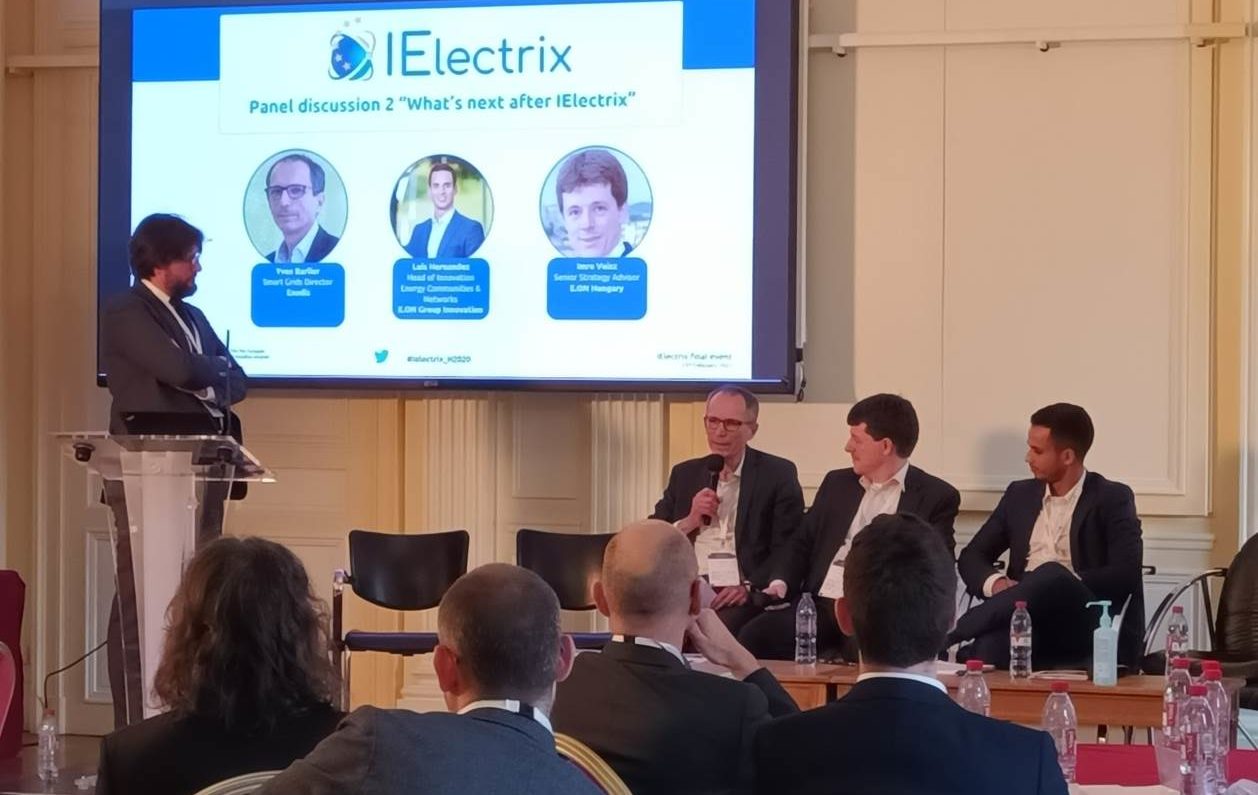
The IElectrix results demonstrated the importance of the grid and the key role of the distribution system operator in supporting the development of energy communities. More globally, the solutions resulting from the IELECTRIX project will accelerate the development of flexible and smart grids integrating a high proportion of renewable energies and capable of adapting to various geographical, legal and technical contexts. Finally, these solutions will contribute to increasing the resilience of the network and strengthening the security of supply, two major challenges for the success of the energy transition.


